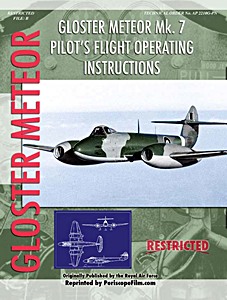History of The Gloster Javelin : The First All Weather British Fighter
During the plunging temperature of the early Cold War years the RAF found itself increasingly in need of a truly all-weather high performance fighter. There were two leading designs available as prototypes in 1951; the DH110 from de Havilland and from Gloster, the GA5. These were to become respectively, the Sea Vixen and the Javelin.
Neither was a classic or a Beauty, but both operational during the 1950s. The Sea Vixen, hence the title, entered service with the Royal Navy and the Javelin, on the promise of being made ready earlier, with the Royal Air Force.
However, so unready were the first production Javelins, with pressure to get them in service when expected, there were no fewer than nine versions entering service with operational RAF squadrons between 1956 and 1959.
Although the 'Flat Iron' met the requirements of range, weapons and all-weather capability, it was much under powered and cumbersome for a fighter. Nevertheless, the Gloster Javelin was also just as much underrated.
Entering service at the wrong time as the Sandys Defence White Paper unwittingly claimed the end of the manned fighter and following on the Javelin's heels came the English Electric Lightning with its truly supersonic performance. These factors combined to produce a situation which shortened the service years of the Javelin and halted further development.
Specificaties
| Auteur: | Ian Smith Watson |
|---|---|
| Uitvoering: | 240 blz, 25.5 x 18 x 2.1 cm, hardcover |
| Illustraties: | 118 z/w- en 34 kleurenfoto's |
| Uitgever: | Fonthill Media (GB, 2018) |
| ISBN: | 9781781553749 |
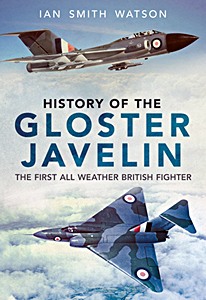
History of The Gloster Javelin : The First All Weather British Fighter
Taal: Engels
Kopen bij bol.comKopen bij Amazon NL
Kopen bij Amazon BE

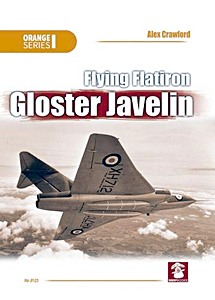
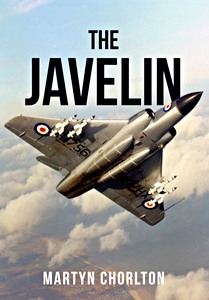
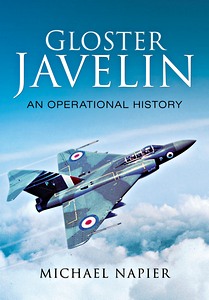


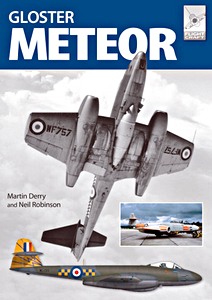
![[DUE] Meteor I vs V1 Flying Bomb - 1944](../afb/BLB/9781849087063.jpg)
